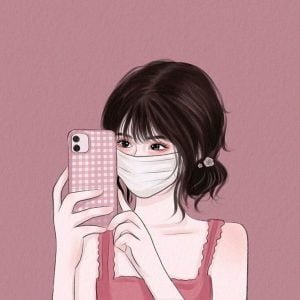Hip-hop was still in its infancy when Charlie Ahearn started rolling camera on the likes of Lee Quiñones, Busy Bee, the Rock Steady Crew, the Cold Crush Brothers and Grandmaster Flash.
It was the summer 1980, seven years after DJ Kool Herc created the first known rap beat by juggling two copies of the same record’s breakbeat at a Back to School Jam in a Bronx apartment building — a moment now considered the advent of hip-hop. Ahearn — a white underground filmmaker from the small central New York city of Binghamton — had been embedded with various emcees, deejays, break dancers and graffiti artists in the Lower East Side of Manhattan for a few years, eventually gathering some of them together to shoot a no-budget martial arts movie on his Super 8 camera.
That brought him to the attention of Fred Braithwaite, aka street artist and hip-hop pioneer Fab 5 Freddy, who proposed Ahearn make a film about New York’s fledgling new culture to offset the burgeoning negative press.
Wild Style, the first movie ever made about hip-hop, was born.

“It was purposely made on my part as a simple story,” Ahearn continues, “which was designed to, in a way, encourage people that wouldn’t normally go to a documentary.”
Wild Style isn’t a documentary. It does have a loose plot, following Bronx teen and celebrated yet anonymous graffiti artist Raymond, aka Zoro (real-life celebrated graffiti artist Quiñones), around the city as he deals with rival artists, mixes it up a rap jam and meets a journalist (Patti Astor) who introduces him to the downtown art world. The story is a microcosm of hip-hop traveling from the predominantly Black and Latino high school gymnasiums and block parties of the South Bronx to the hip, largely white galleries of the Lower East Side before it ultimately became commercialized.
Ahearn filmed it like a hybrid narrative-documentary. The parties, the clubs, the battles, they were real. And there was no script.
Ahearn looked at Wild Style as both a teen art movie and a genre film. If there was a cinematic inspiration, he says, it was the Spaghetti Western-riffing 1972 Jamaican crime thriller The Harder They Come starring Jimmy Cliff, which popularized reggae music around the world. “It’s about an outlaw who was basically his whole character and being is that he’s alone and having to cloak himself, and he’s being chased,” Ahearn says of Quiñones’s Zoro. “And Lee was the most wanted graffiti artist in history. And he took that very seriously. Lee never allowed himself to be shot in the yard.” (Ahearn instead used a stand-in for the graffiti scenes.)


